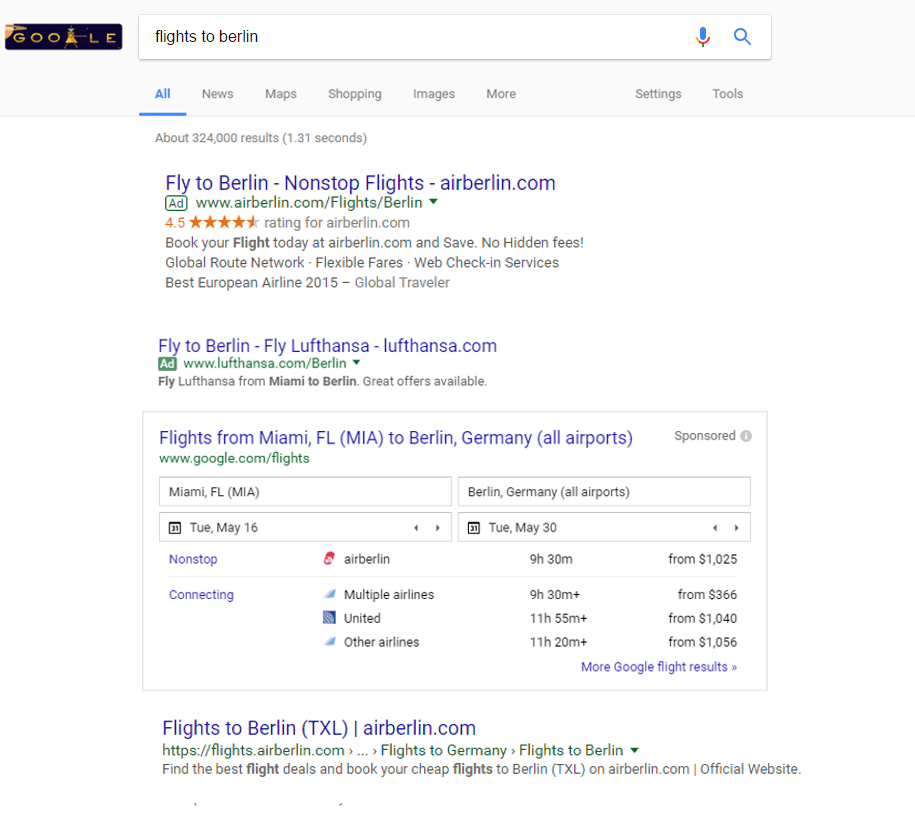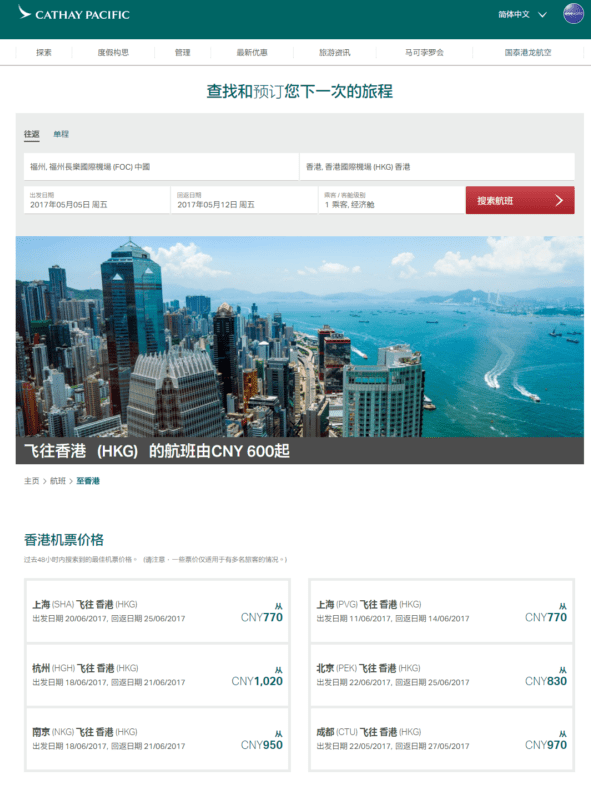What to Know About User Search Data and Customer Data From Cookie-ing
- Understand the limitations of customer data from standard cookies
- Learn how airline user search data works
- See the benefits of leveraging airline user search data
Here’s a riddle for you: If an airline yells at 1,000 people wearing an “I <3 BERLIN” t-shirt with a bullhorn, how many tickets to Berlin does it sell?
If you answered “not that many” then you’d be correct. And yet, its digital equivalent – feeding generic ads, emails, or search results to users – is a digital marketing strategy we see airlines employing all the time.
5 years ago, this made sense because there was no better alternative. But today, there is. User search data technology now allows airlines to identify people with an intent to purchase specific routes, and then offer them targeted deals accordingly.
It’s a collaborative process that creates better customer experiences – and increases corporate bottom lines – by demonstrating a willingness to listen to what the customer really wants, in real-time.
Why “Cookie-ing” Users Is No Longer Enough
Digital advertising, email marketing, and SEO are all good tactics for airlines to follow. After all, if a customer interacts with certain types of content about Berlin, it certainly follows that they are statistically more likely to want to visit Berlin. So it’s enticing to simply engage these channels and believe this satisfies the need to “leverage big-data,” and relax.
But this strategy is flawed because it ignores the incongruity between how standard cookie-ing works and how the market for airline tickets works.
Cookie-ing simply picks up on what users are looking at in that moment. It says, “Oh, we see you are looking at something about Berlin. You should fly Airline Airways to Berlin.” Meanwhile, the reality of what the customer is looking for is much more complicated.
Maybe the user is looking to fly from California or from Miami; maybe they’re looking to depart next week, maybe in two months; perhaps they want to fly economy or maybe they’re only interested in business class.
All of these things affect ticket availability and price, and yet the traditional “cookies” alone are not enough to provide a targeted experience in real-time.
The result is airlines are paying for the privilege of providing an impersonal, inexact customer experience that ALSO does very little to increase the likelihood of a sale.
How Does Airline User Search Data Work?
User search data works by adding what a user is typing into a search bar, either in a search engine or within an airline’s digital properties.
This data usually includes specifics of airline ticket sales – such as origin, dates, and price – to the information provided by cookies. This allows an airline to offer up more targeted ads.

Including origin and price in ads and search results shows a traveler that you are listening to what they are telling you
So, instead of saying “Hey we know you are interested in Berlin – you should fly to Berlin with us!” an airline can now say, “Hey, we noticed you are searching for flights from Miami to Berlin for business between August 15-20. We have an offer for you.”
What Are the Benefits of Airline User Search Data?
By making these highly targeted offers possible, user search data demonstrates that an airline is very intently listening to what a customer is saying.
It allows the proverbial bullhorn to be put away, in favor of having an actual conversation.
Three things happen as a result:
1) Enhanced Customer Experiences
Customers want to be listened to. By giving them transparent offers, they know exactly what they are getting. This allows them to quickly and easily decide if an airline’s offering meets their needs.
2) Better ROI for Airlines
Airlines get more qualified clicks out of targeted, contextual ads. Instead of paying to direct people who are looking to “travel to NYC,” airlines are instead paying to acquire qualified users sent to them who are looking at a specific route, date, and price. This drastically increases the likelihood of a conversion.
3) ALL Customers Receive A Relevant, Unique Experience
Unique experiences drive conversions. But the 30 day expiration date attached to cookies makes it impossible to create those experiences for the 70% of customers that will return to an airline’s website more than a month later.
In contrast, user search data is always current, allowing airlines to provide unique experiences to 100% of their users, 100% of the time.
Airline User Search Data: Tightening the Path to Conversion
User search data technology is already a powerful tool for airlines to increase their ROI by adding geo-targeting and pricing to their digital marketing assets. But it’s also just the beginning.
In the future, the path to conversion will be continue to tighten as user data technology evolves to include externalized booking masks experiences – those that allow customers to type in their flight search information directly into ads, emails, and search results and be taken directly to the applicable page.
With all of that coming down the pipe, there’s simply no reason for airlines not to embrace the future today, and get this powerful technology working for them.
*****
Contact us here, if you need help understanding and leveraging all of that data.



